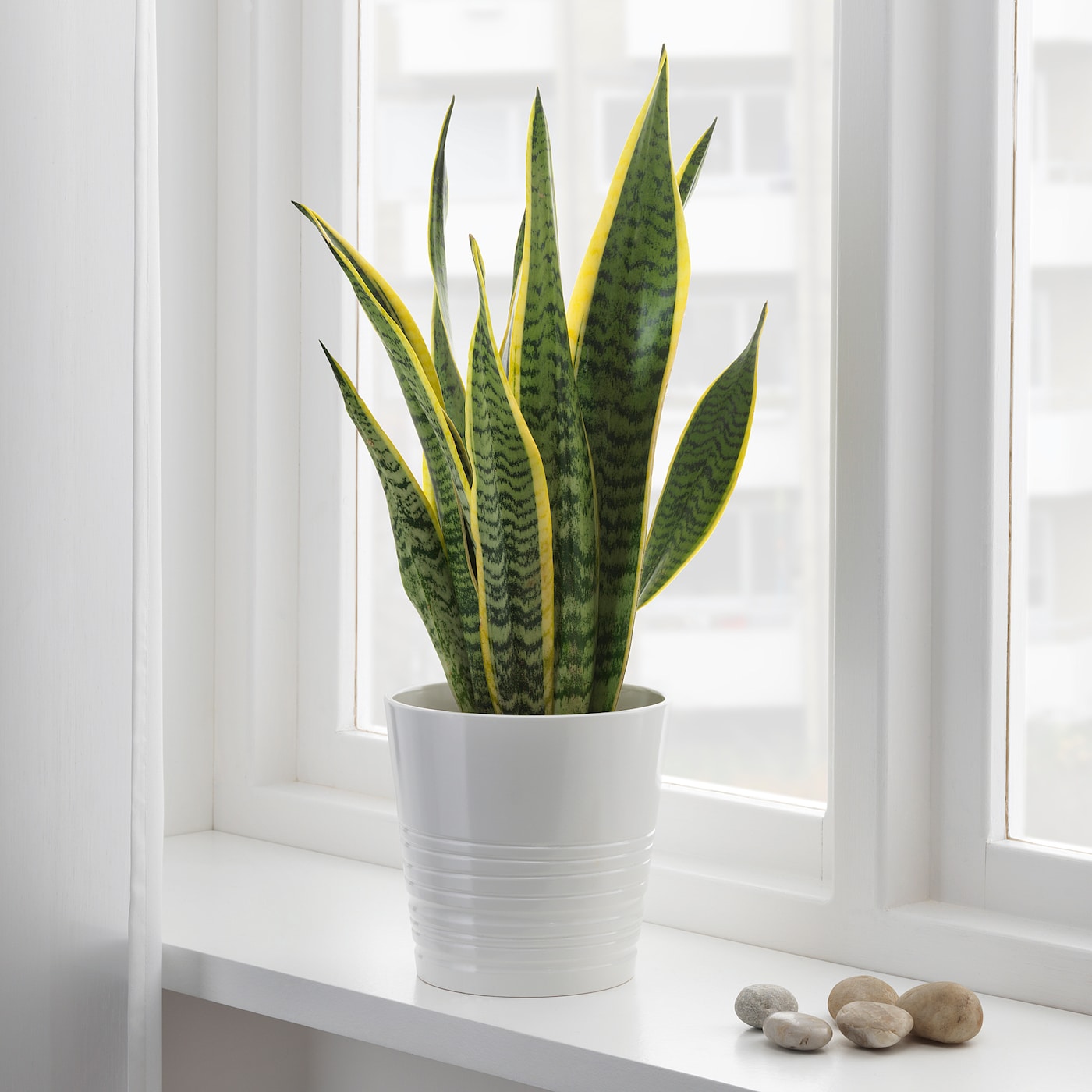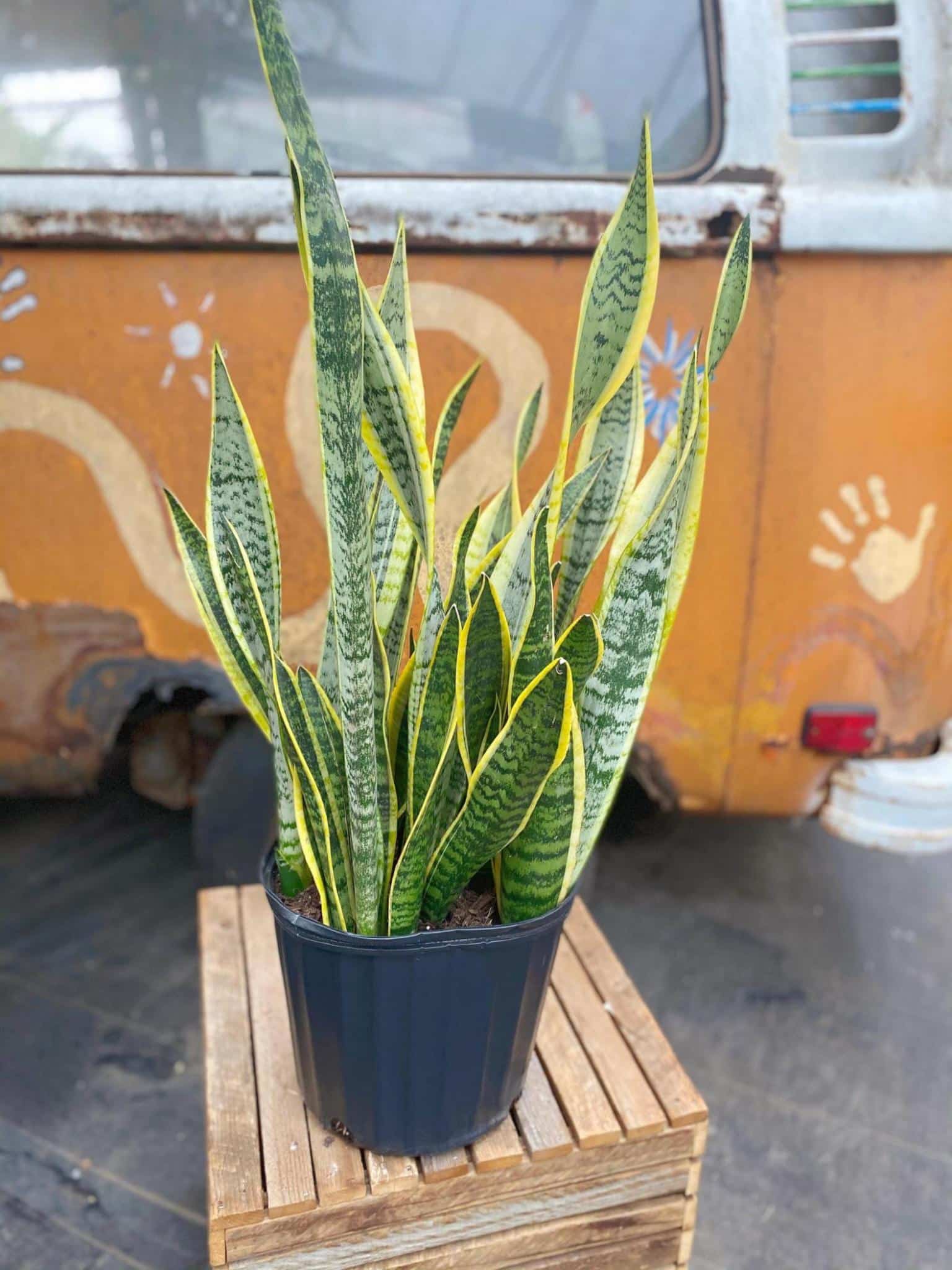One of the most well-liked indoor plants is the snake plant, sometimes known as mother-in-tongue. law’s It is quite simple to cultivate and maintain. That is why the majority of plant lovers select it as a houseplant.
The snake plant is also a beautiful addition to interior design. Although the snake plant is a common indoor plant, you might be curious as to whether it can survive outside. In this article, we’ll talk about how to care for a snake plant and whether you may keep one outside.
You may keep snake plants outside. Therefore, you can grow snake plants outside, but you must give them a pleasant climate. West Africa, Nigeria, and the Congo are where snake plants were first discovered.
Because of this, snake plants enjoy warm weather and can survive outside in the right circumstances. If you wish to grow a snake plant outdoors, you should take into account the following things.
Table of Contents
Can snake plants be grown outside directly in soil?
Snake plants can be cultivated outdoors in the ground or in pots. However, not all locations are ideal for cultivating snake plants outdoors.
If you reside in a region of the world where the winters are harsh and the temperature drops below 55 degrees, you might want to think twice before planting snake plants outside. We advise growing the snake plant in a pot if it gets cold in the winter and moving it outside in the summer.
This will give snake plants a chance to survive the winter and thrive during the warmer months. You might be able to grow snake plants in your garden if you reside in a warmer nation with mild winters on average. Just keep in mind the following crucial elements.
How can snake plants be kept outside?

Choosing the right temperature
Whether you can keep the plants outside all year round or merely for a few months depends on the ambient temperature. Simply check the temperature to see if your snake plant can survive temporarily outside.
Snake plants prefer warm temperatures because they are native to the tropical region of Africa. The range of 55 to 90 degrees is ideal for snake plants.
You can grow these plants outside if you live somewhere with this temperature year-round. You should keep a snake plant indoors if the temperature falls below 55 degrees.
You can take the snake plant outside in the spring and summer, but be mindful of the weather. Snake plants are unable to endure harsh winters. If the temperature falls below 55 degrees Fahrenheit for several days, the plant will perish.
Watering a snake plant outdoors
Since they can last a long time without water, snake plants are relatively simple to maintain. Since snake plants are succulents, they have a high resistance to water loss. The proper indoor and outdoor watering practices are essential to maintaining this plant’s happiness.
The most frequent issue with snake plants is overwatering. Keep in mind that you won’t need to water this plant frequently. The amount of watering you need depends on the humidity in your surroundings.
By inspecting the soil, you may determine whether the snake plant needs watering. Simply insert your finger two inches into the earth, and if it feels dry, water the plant. Both indoor and outdoor snake plants must abide by this guideline.
You need to water the plant’s base in both situations. The snake plant’s leaves dislike being wet, and doing so could result in overwatering. You should adjust your watering routine in accordance with the modifications if you temporarily put your snake plant outside.
We advise you to plant the snake plants separately if you have already planted them in soil outside. It will be advisable to grow snake plants a little farther away from the other plants because their watering requirements are different.
The soil and water are shared by plants that are planted close to one another. You run the risk of overwatering a snake plant if you grow them close to other plants that require frequent watering. The snake plants should therefore be planted separately.
Lighting matters, even outdoors
Snake plants are renowned for their resistance to arid environments. Because of this, plants can look stunning even in dimly lit spaces. Although snake plants are adaptable and can tolerate various lighting conditions, they do not like excessive amounts of direct sunshine.
Snake plants prefer strong, but indirect, light. Although it is preferable if the snake plant receives no direct sunlight at all, this is not an option if it was planted outside.
If so, position the snake plant where it will only receive a few hours of direct sunshine per day. Snake plants may, of course, survive in direct sunshine. However, it is not the ideal kind of lighting for the plant.
Make sure the snake plant has time to adjust to the illumination before bringing it outside during the warmer months if it is in a container.
How to move Snake plants from indoors to outside?
If you want to maintain the happiness and health of your snake plant, this is the most crucial subject. Give your snake plant some time to adjust to the changes. Lighting, temperature, and watering requirements are some of these adjustments.
Start with a minor adjustment when the weather warms up and you are ready to bring the plant outside. The plant should first be moved towards the window so it can get acclimated to the lighting. Additionally, gradually increase your water intake.
If you do not reside in a highly humid area, the evaporation process happens much more quickly outside. Therefore, if evaporation occurs more quickly, your plant will require more water.
You should also take into account the fact that warmer seasons are times when plants flourish. Your snake plant will therefore require extra energy as a result. You should therefore water it more frequently.
Key benefits of a snake plant

Filters the air
A succulent with the ability to purify the air is the snake plant. Snake plants are capable of absorbing toxic substances like CO2 and benzene.
The plant can certainly help to freshen the air, but it cannot remove significant amounts of toxins. The snake plant is a more advantageous indoor plant because of this trait. The snake plant is the ideal addition to your bedroom because of its capacity to absorb toxic substances.
Effective against allergies
Even at night, the snake plant can produce oxygen and absorb CO2. This plant is very effective against allergies thanks to its unique properties.
You can place a snake plant in a room where you spend the majority of your time if you suffer from allergies. It has been demonstrated that the plant can lower your risk of developing airborne allergies.
